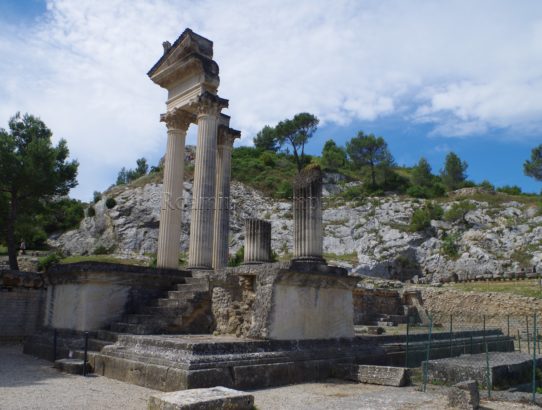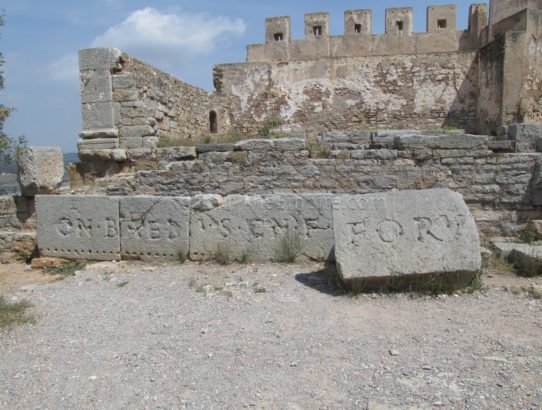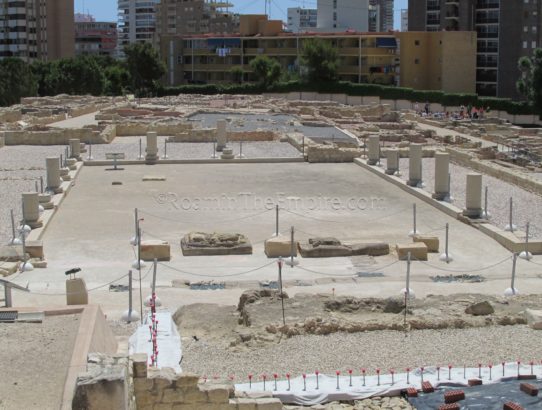Alba Augusta Helviorum, Gallia Narbonensis
Most Recent Visit: June 2018. Tucked into a fertile agricultural valley about 7 kilometers to the west of the Rhône, along the L’Escoutay River, a tributary of the Rhône, are the remains of the Roman town of Alba Augusta Helviorum. The archaeological site is located just to the north of the present-day town of Alba-la-Romaine,…
Read More











